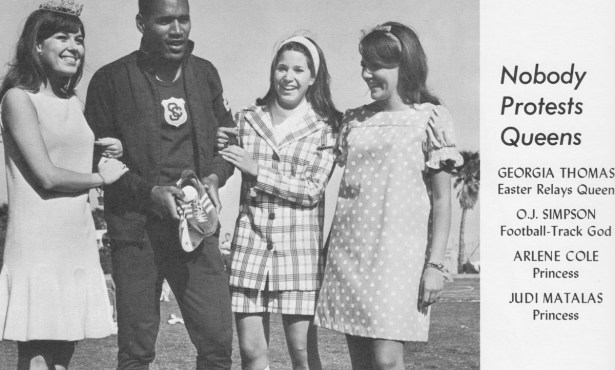Counting the Ways
I am a train buff, big-time, traveling on every Amtrak line in the U.S.A. L.A.-Chicago 33 times. Commuted to N.Y.C. I love trains! I have tried, but I cannot figure out a way to make commuter rail work in the Santa Barbara area [“The Third Lane Is a Train,” 4/1/10]. I must be honest with myself and my community and stick with the facts. Commuter rail loses money worldwide. To come anywhere close to break-even and have acceptable, affordable subsidies, there must be a large high-density population center on at least at one end of the commuter line, preferably at both ends; or high density populations in between.
In Santa Barbara, there is no high density area, and never will be because of strict, low rise, height limits. Oxnard and Ventura are cities in search of a central city. No city along most of the line will provide passengers because Mother Nature has put the mountains next to the ocean.
Carpinteria is too close to Santa Barbara for rail to work.
As is the case for most cities, commuter flow is one way: to Santa Barbara in the AM, to Ventura in the PM. That means work density in S.B. area and home density in Ventura County. High density means large work centers offering high density employment. Now, S.B. can’t even find space for a Walmart.
The only place where commuter rail works is where people can walk to work or home at one end. Walking works because you can walk all different directions. But transferring between rail-bus doesn’t work. Busses can only go a few directions at one time thus exceeding total acceptable commuter time.
Walking to and from home to stations is impossible. There are almost no homes within walking distance of the Camarillo, Oxnard, and Ventura depots. Likewise, walking to work in S.B. has the problem of very few places of employment within walking distance, other than SBCC.
Add to that reliability. Busses and trains must keep on-time schedules 24-7. Or else the commuter won’t trust the system and will discontinue using it.
Then there is the problem of rail equipment. We don’t need longer trains, we need more shorter trains. Because flow is one way, (morning/north and night/south), the train is essentially empty returning, and empty later in the day coming back to S.B. to pick up commuters. Maybe it is better just parking it all day in Goleta. You can’t begin to cover equipment costs with two 70-mile trips a day.
The 35-mile trip Oxnard-SB takes 50 minutes. If you add Goleta (10 miles) and/or Camarillo (10 miles) you must add 15 minutes for each, including 5-10 minute stop at S.B. or Oxnard. You ,are now out of range for acceptable communter time, remembering you still must get to and from the station.
Topping all this are facts that many people need their vehicles at work to get around, for tools, etc. Lack of high density dictates that services are a major work category, and to provide services, one needs a vehicle.
Together, it is not adding up.
Solution: First, stop this bickering between rail and freeway and let’s all put every effort into accomplishing both, because by the time either or both are accomplished, they probably will be obsolete, anyway.
Unfortunately, the “Not-in-my-back-yard” attitude against a third lane is a voice of the few slowing the needs of the many. This is hard to understand because both freeway and tracks are next to each other most of the way. “Back Yard”’s complaints work both ways. Remember the complaining when Union Pacific was going to put a siding along the Carpinteria bluffs?
Apply a common sense approach. Look at the facts and say. “If I did not live here, what is best for the community?” Maybe taking it to extremes gives us a clearer picture. Let’s pretend you have only one choice: All freeway and no rail vs. all rail and no freeway. Which would you chose?—Freeman Gosden Jr., Montecito



